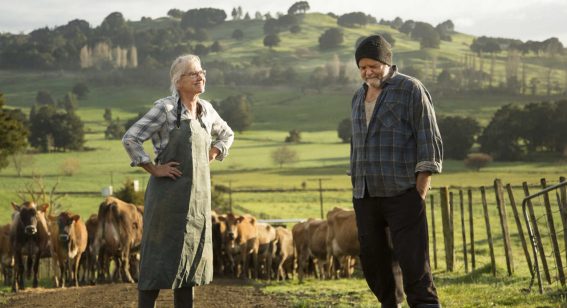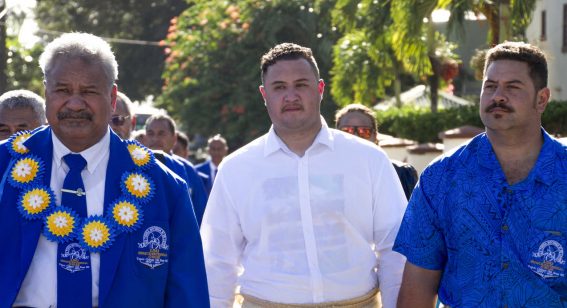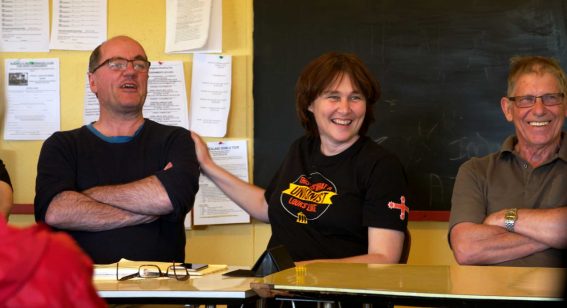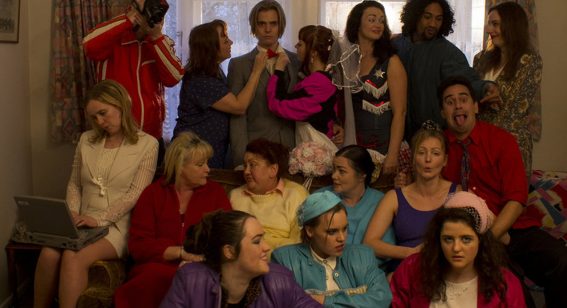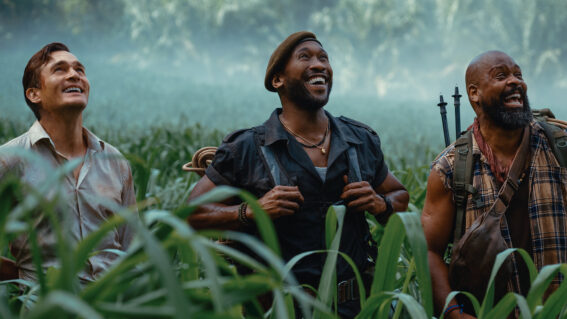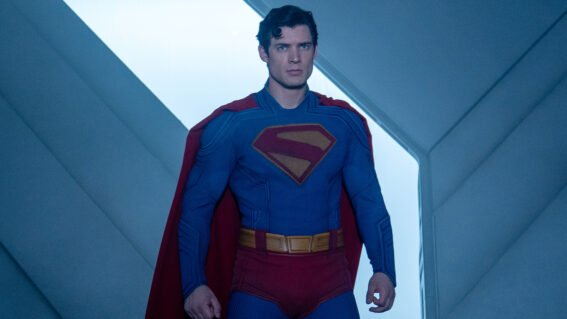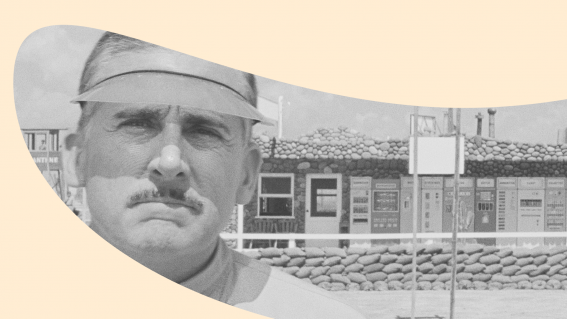The joys and challenges of making a film about a master Māori carver
We ask director Robin Greenberg 7 questions about her film.
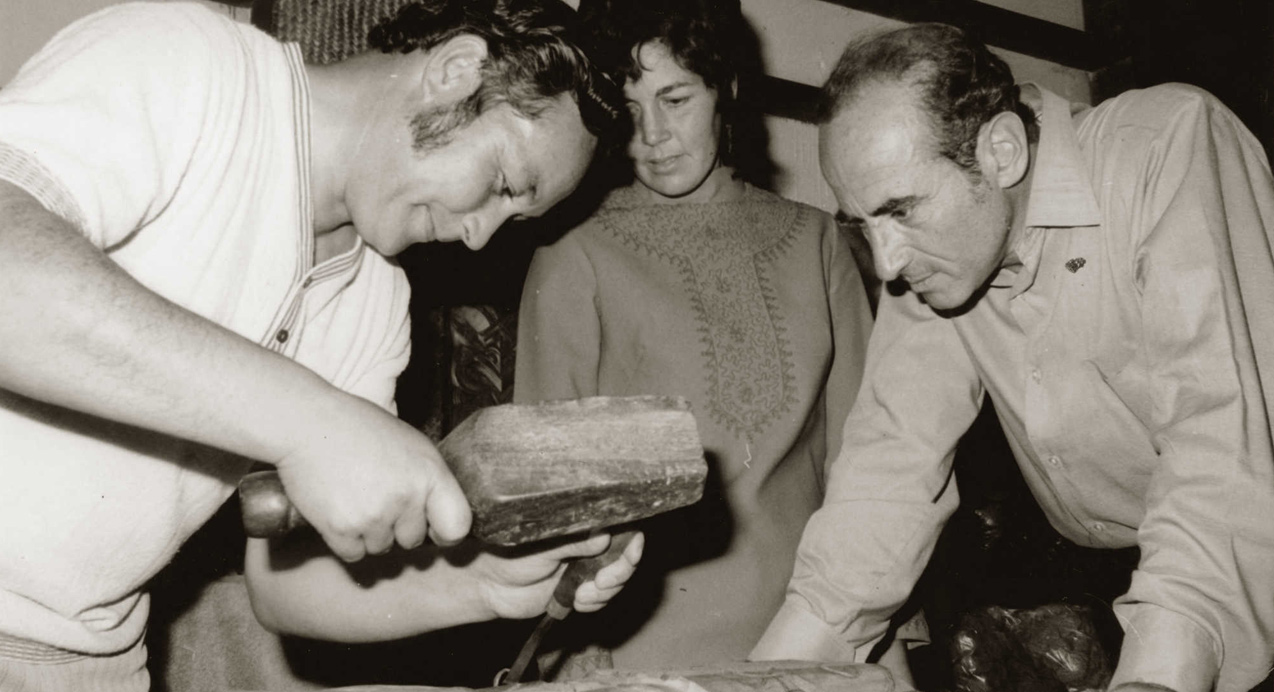
Playing as part of this year’s New Zealand International Film Festival, MO TE IWI: Carving for the People details the intimate life journey of Rangi Hetet, a master artist in the craft of traditional Māori carving. We ask director Robin Greenberg seven questions about her documentary.
Describe your film in EXACTLY eight words.
Inspirational life and community of carver Rangi Hetet.
How long have you wanted to tell Rangi Hetet’s story?
I’ve been in awe of Rangi Hetet for many years, not only as a carver and artist extraordinaire, but also as a person of utmost integrity. I had the privilege of interviewing Rangi for the first time towards He Waka Hono Tangata / A Canoe that Unites the People (NZIFF 2005), my second collaborative film with the Hetet whānau.
It’s thanks to the vision of Rangi’s wife, the late master weaver Erenora Puketapu-Hetet, that the film came about, especially since Rangi likes to avoid the limelight. Erenora was the subject of my first documentary feature TŪ TANGATA: Weaving for the People (NZIFF 2000) and became my treasured mentor and friend.
I feel it’s the relationships and mutual trust that developed over the years of our previous films that laid the groundwork for MO TE IWI: Carving for the People. The seed of the idea for MO TE IWI actually grew from a suggestion by Sir Hirini Moko Mead to Lillian Hetet Owen (Rangi and Erenora’s eldest child) that she document her father’s life.
With the vastness of Rangi’s extraordinary life experiences and knowledge and his inspiring dedication to his community our film MO TE IWI can only scratch the surface of the amazing stories and beauty of the artworks, but I hope that the film will uplift audiences in the same way the making of the film has uplifted and inspired me.
Did you have a clear vision of the story before you started filming or did you “find the story” during the interviews and filmmaking process?
My creative process seems to begin with some form of visualization of ‘seeing’ the film as already completed, and then it gradually unfolds from there. An element of adventure, a sense of the unknown, is at the core of documentary filmmaking for me. Every project involves a unique leap of faith, trusting that the long process of gathering and synthesizing stories and visuals will coalesce into a memorable film experience.
MO TE IWI: Carving for the People brings me full-circle in my journey with the Hetet whānau. And I believe that it’s our long history of collaboration that gives MO TE IWI a special feeling of intimacy, as well as a celebratory element, which I feel Erenora would be pleased with.
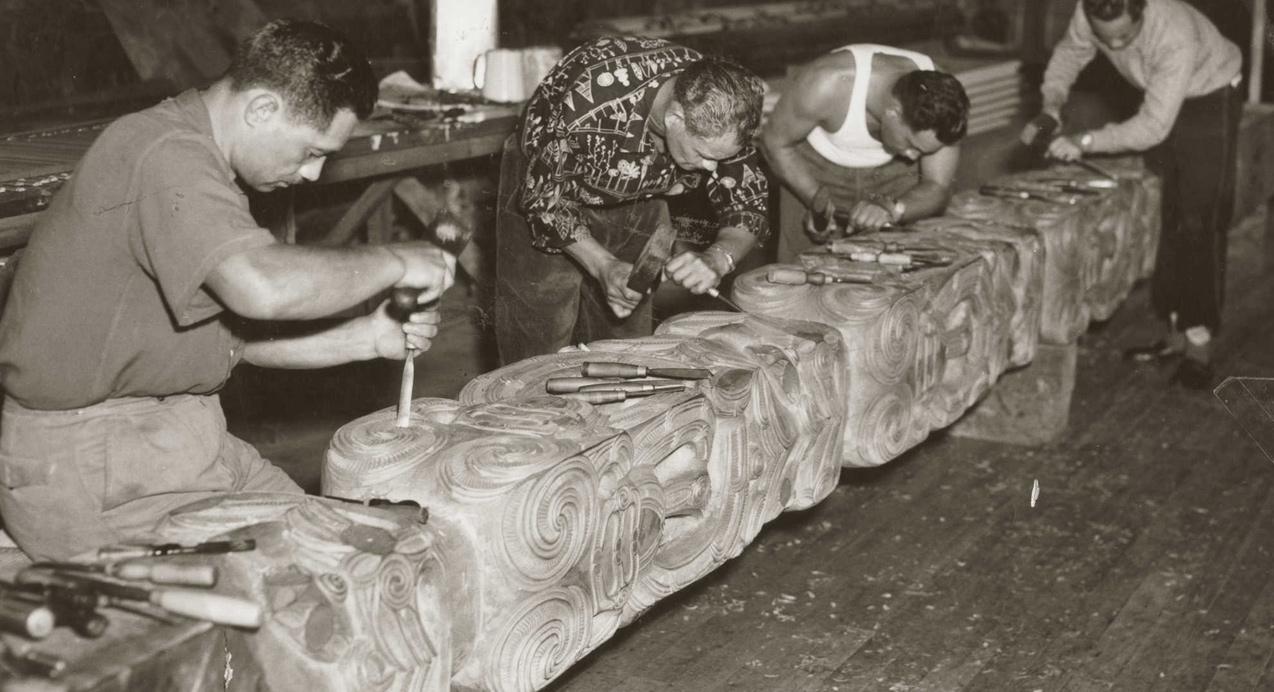
What were some of the major hurdles you had to overcome in order to get this film made?
The short answer is funding. MO TE IWI represents my seventh documentary feature, yet unfortunately, film funding hasn’t gotten any easier over all these years which is confounding… But long-form documentary is my passion, I can’t stop. And I’m already looking forward to the next project.
Despite the challenges of funding, I always strive for the highest production values. Following our initial grant from Creative New Zealand, my co-producer Lillian Hetet Owen led a successful international Kickstarter campaign, having grown a phenomenal burgeoning online community for the Hetet School of Māori Art. We’re also grateful for partial finishing funds from the New Zealand Film Commission, enabling us to complete the film just in time for its World Premiere at NZIFF 2019.
Over the four years of making this film, the incredible degree of generosity from film professionals, musicians, friends, whānau and the community has been very humbling and heart-warming.
Out of all the footage that ended up on the cutting room floor, what moment was the hardest for you to cut out of the film?
With our collaborative filmmaking model, from the outset the whānau knows that all the footage belongs to them. Accordingly, the interviews tend to be more in-depth as filming serves a rare opportunity to record and preserve stories for the future, beyond this film. Thus the challenge of weaning down the footage for MO TE IWI was immense.
There were of course many moments that were initially hard to ‘let go’ of for the film, however through our painstaking process of sculpting the film, the essence of what needed to be collectively shared became clear. We’re grateful to Ngā Taonga Sound & Vision for helping to preserve all the footage, which the whānau can also draw on in the future.
Can you share your favourite memory during your time making this film?
If I have to choose just one favourite filming experience (of three years of filming) it would be at Tāpeka Marae in Waihī.
It was such a moving experience to listen to and record interviews with Rangi Hetet and Napa Otimi from inside the exquisite meeting house where Rangi’s journey as a young carver began. And the surprise arrival of Rangi’s son Len Hetet and son-in-law Sam Hauwaho from Waiwhetū was the icing on the cake!
It was marvellous that the filming occasion created a special opportunity for the whānau to gather at Tāpeka and for them to hear their father talk in person about some of his early experiences in front of those very carvings, which for some was the first opportunity to see.
What was the last great film you saw?
Amidst quite a prolonged and intensive editing and post-production period, I’ve only been able to gift myself one chance to go to the cinema in the past while. I’m a purist and prefer to watch films on the big screen, the way they were intended.
Serendipitously I went to see Green Book without realizing it was opening night in Wellington. I found the film both moving and inspiring on many levels.






